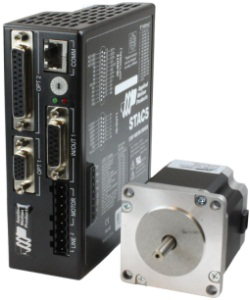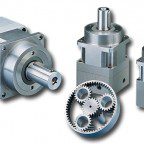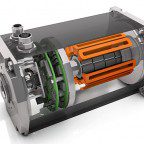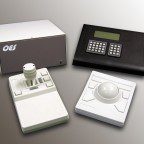When selecting stepper drives, AC and DC options are both readily available. However, AC drives can often provide better torque-speed performance than DC drives. There are a couple reasons for this.
More current means more torque
When driving stepper motors, the general rule of thumb tends to be the more current a drive can provide to a motor, the more torque it produces.

This is because current affects how powerful the electromagnets in the stepper motor are. More current flowing through a stepper motor’s coils means a more powerful electromagnet.
An AC drive can supply the high currents necessary for such operation. This is because AC-input drives are able to use higher voltages. Ohm’s law states the relationship between current and voltage is I=V/R, with I being current, V being voltage, and R being resistance (or in alternating current’s case, Z, impedance), the more voltage, the more current. Because DC drives usually run at lower voltages, they often cannot provide the high currents necessary for such high torque operation.
Varying input voltages
One of the advantages to alternating current is the ease with which transformers can increase and decrease voltage. This allows the controller to accept various input voltages. This is useful in situations where portability or localization are concerns.
Varying voltage levels is usually not possible when using DC-input drives, as it is much more difficult to adjust DC voltages. This means that whatever the input voltage is, it cannot change. While this simplifies circuitry in some cases, it means a far more limited control profile. In systems that change their speed or load requirements often, AC input controllers may prove to be more flexible.
There is, of course, the question of what the manufacturer recommends for their stepper motors. Some have recommendations of AC or DC drives for varying models. Ask the manufacturer for details and clarifications. For more information, get this PDF Download from Applied Motion Products.







Leave a Reply
You must be logged in to post a comment.